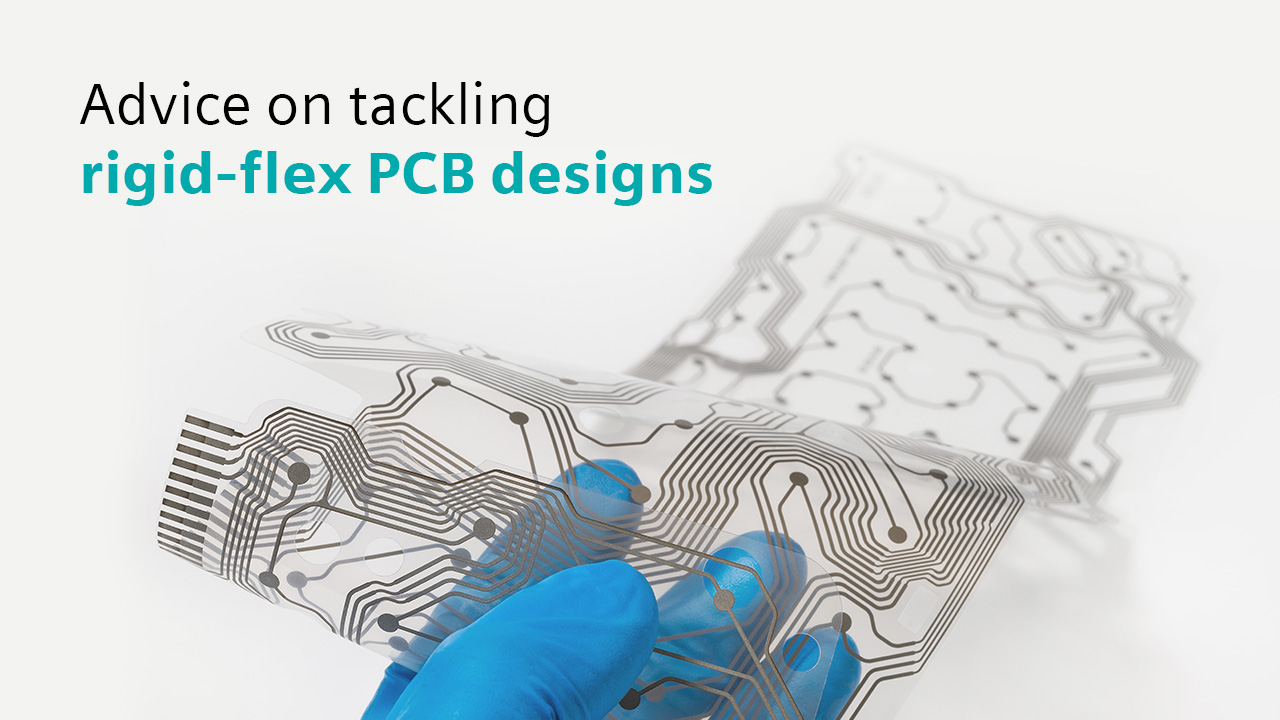Advice on tackling rigid-flex PCB designs

Last year, on the Printed Circuit Podcast, I engaged in conversation with Anaya Vardya about the complexities of advanced printed circuit design. Anaya Vardya, the CEO of American Standard Circuits (ASC), is a seasoned professional with over 35 years of experience in the printed circuit board manufacturing space. His company has helped educate the industry by writing several books, or “golden nuggets” as I like to say, which are all available for free on their website, providing extended insights on PCB design. Anaya emphasized the importance of these resources in guiding designers towards quality designs, incorporating manufacturability considerations from the outset, and avoiding common pitfalls.
Exploring rigid-flex PCB technology
We delved into the growing significance of rigid-flex PCB technology across various industries, from aerospace to medical devices and discussed how rigid-flex PCB designs offer unique advantages in terms of flexibility and space utilization, making them increasingly popular in modern applications.
Rigid-flex PCBs consist of multiple layers of flexible circuit substrates interconnected with layers of rigid material. This construction allows designers to create intricate three-dimensional shapes and designs, optimizing space utilization and enhancing durability in dynamic environments.
One of the primary benefits of rigid-flex technology is its ability to reduce assembly complexity by eliminating the need for multiple interconnects and connectors. This not only streamlines the manufacturing process but also enhances reliability by minimizing points of failure.
Moreover, rigid-flex PCBs offer exceptional design flexibility, allowing engineers to create custom shapes and configurations tailored to specific application requirements. Whether it’s fitting into tight spaces or conforming to irregular contours, rigid-flex technology empowers designers to push the boundaries of what’s possible in PCB design.
However, despite its many advantages, working with rigid-flex PCBs presents unique challenges. Designers must navigate complex material properties, bending radius limitations, and manufacturing constraints to ensure optimal performance and reliability.
Common pitfalls and challenges
Vardya highlighted some common pitfalls faced by designers venturing into rigid-flex designs without adequate understanding, such as: trying to apply similar design rules to a rigid-flex board that you would typically apply to a rigid board. He emphasized the importance of grasping the intricacies of this technology in order to avoid design setbacks and manufacturing issues. Collaboration between designers and fabricators is crucial to achieving successful rigid-flex designs and Vardya stressed the need for early engagement with your fabricator to ensure seamless transitions from design to production, “In order to reduce the frustration level and to have a very efficient process, it’s critical for designers to really work with fabricators and truly partner with them.”
Looking to the future
As the industry evolves, collaboration and education emerge as cornerstones for success in the realm of rigid-flex PCB designs. This collaborative approach not only facilitates the exchange of expertise and best practices but also fosters innovation and creativity. By heeding Vardya’s advice and leveraging collaborative partnerships, designers can navigate the complexities of this technology with confidence, paving the way for innovative solutions in various industries.
Listen to our full conversation here.
Learn more about rigid-flex PCB design by watching our recent LinkedIn Live Session: Practical approaches to rigid-flex PCB design


